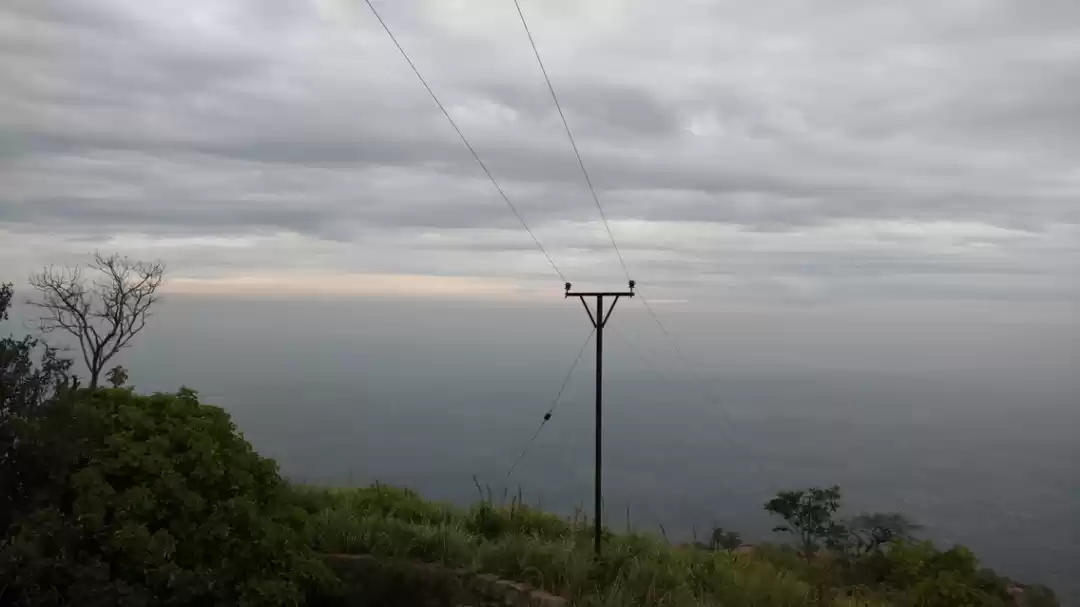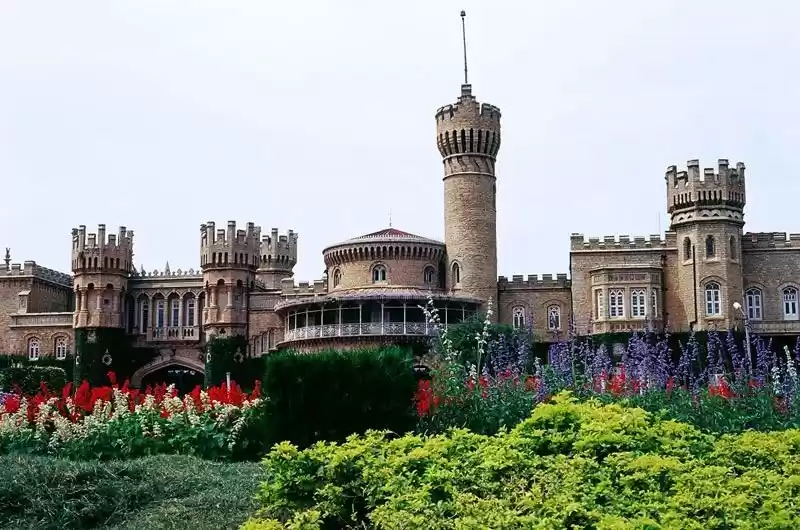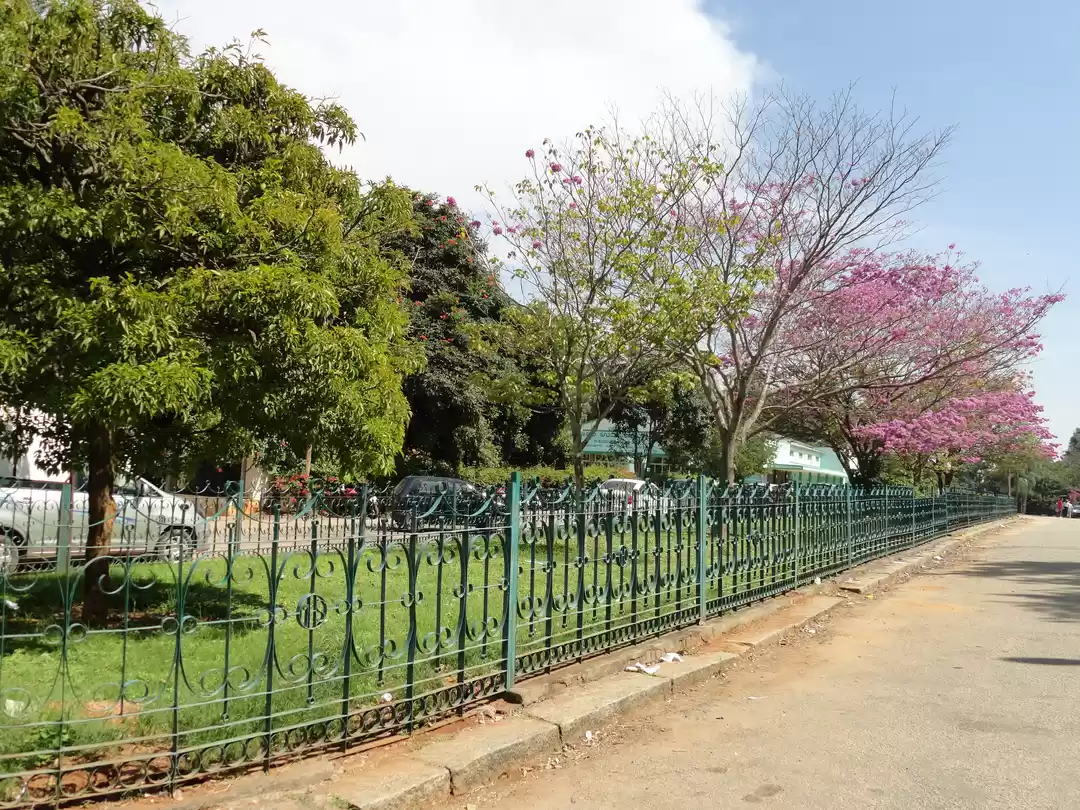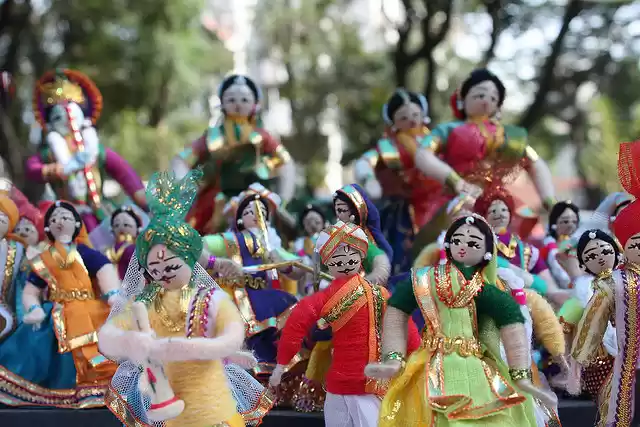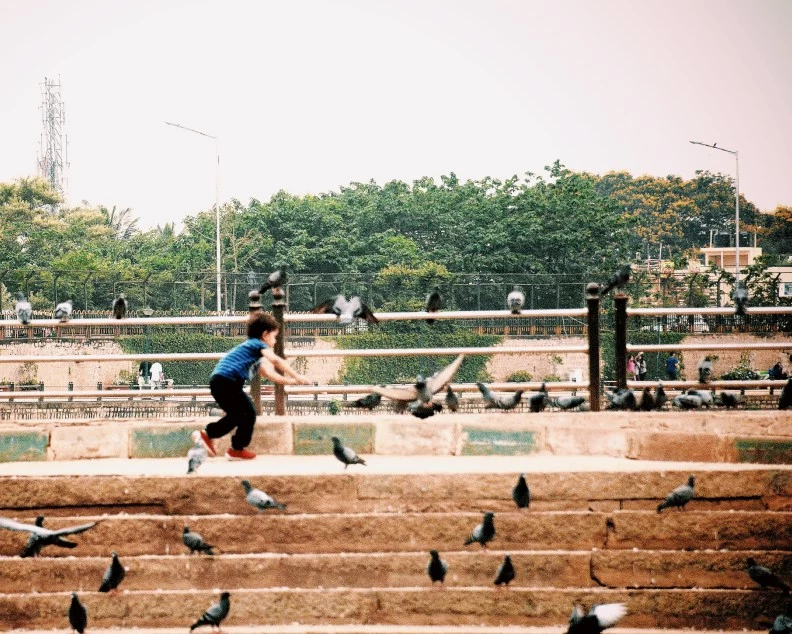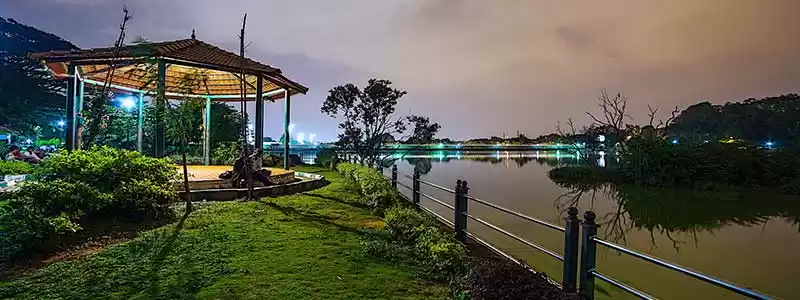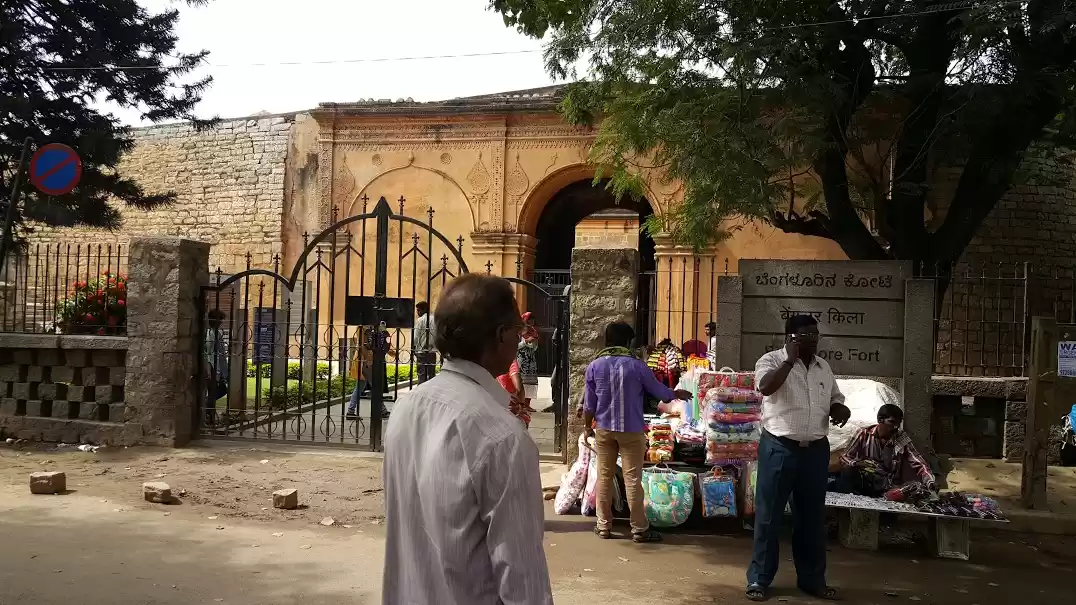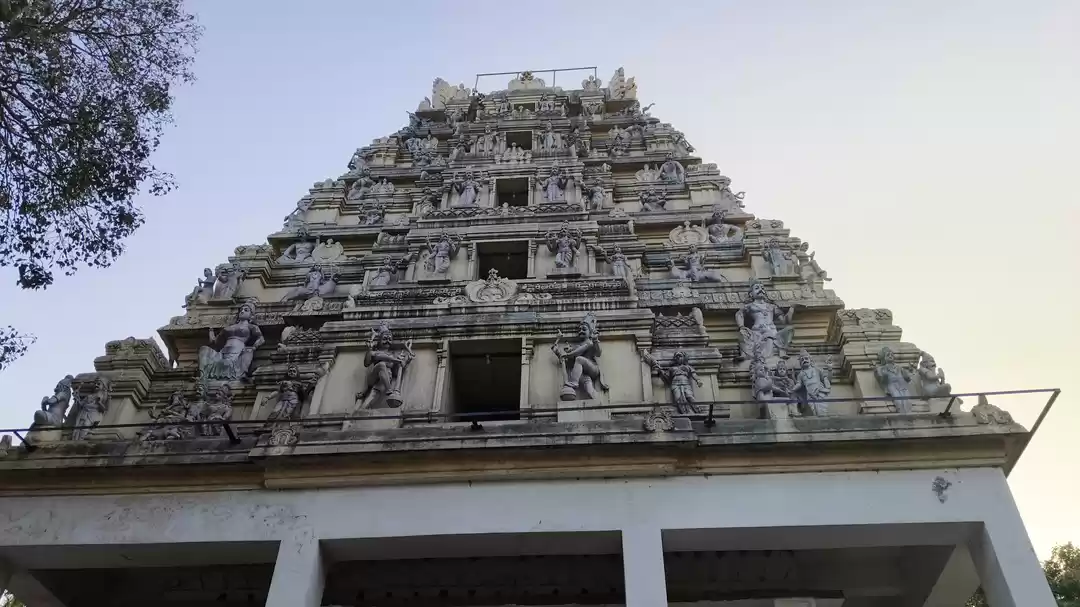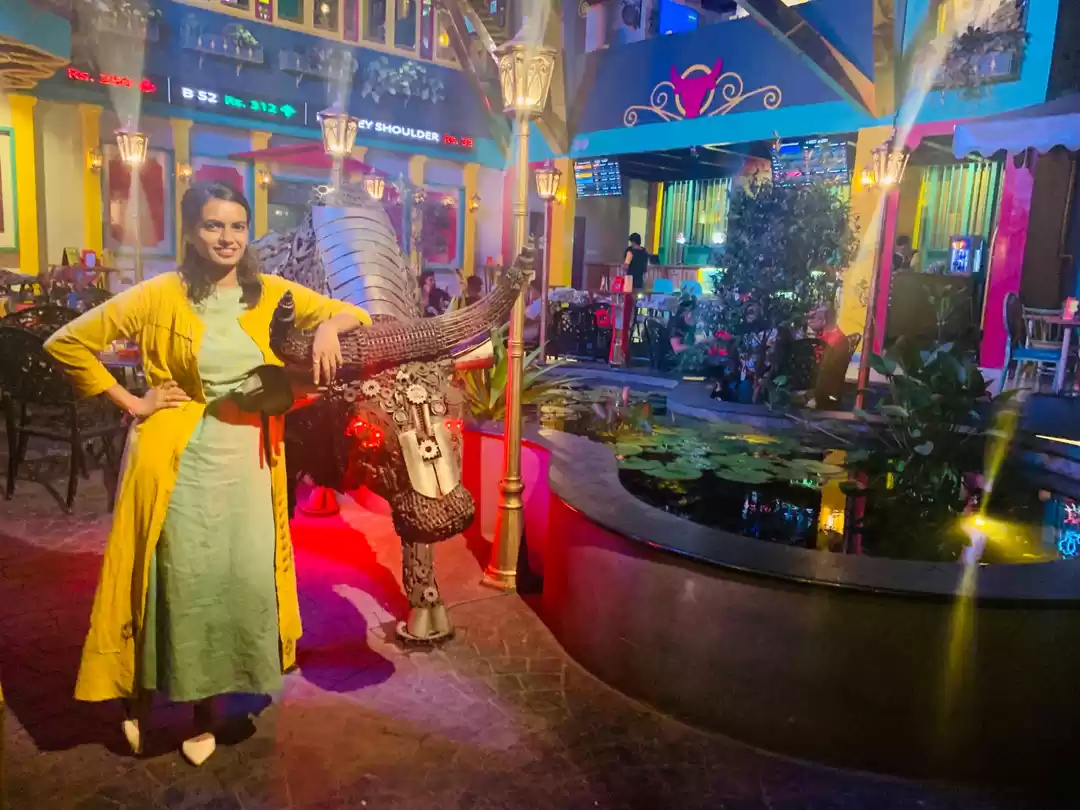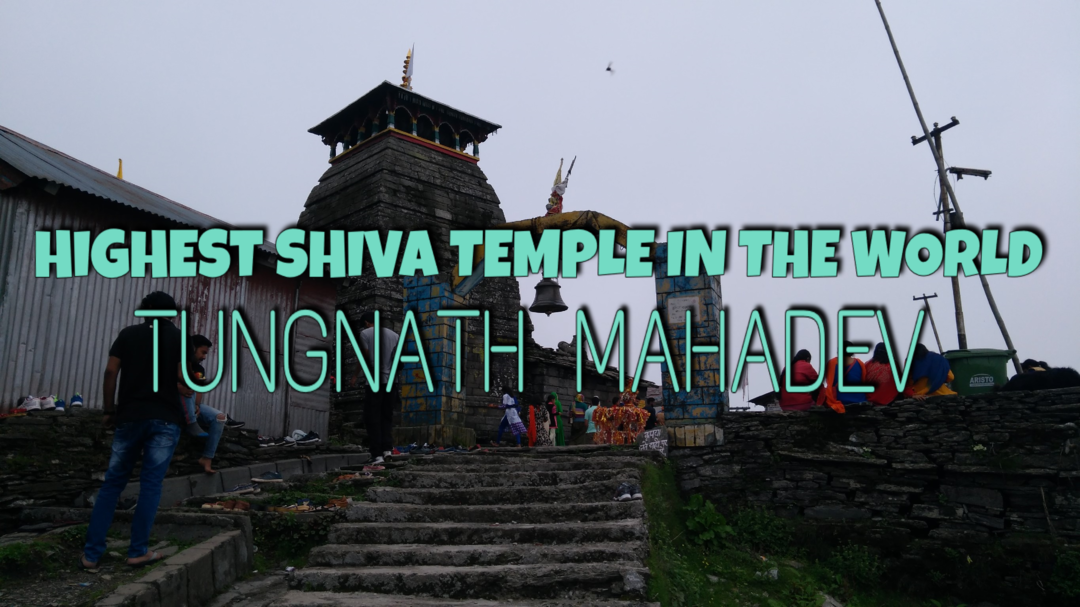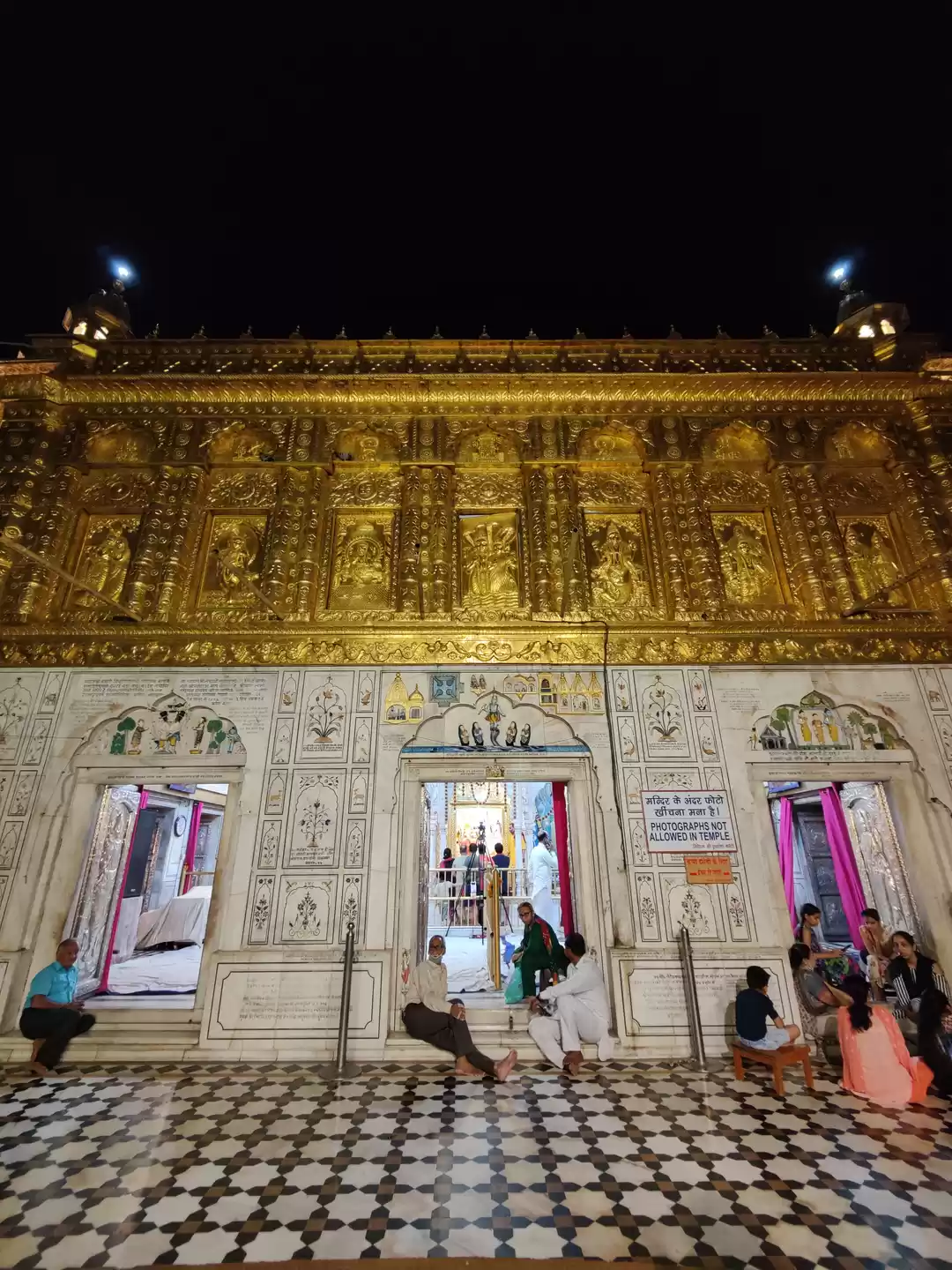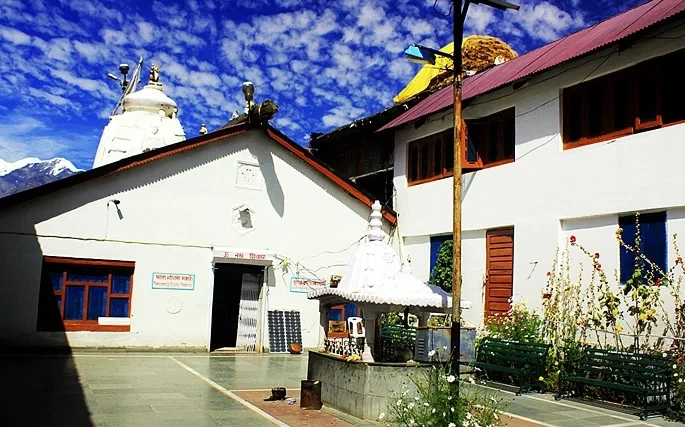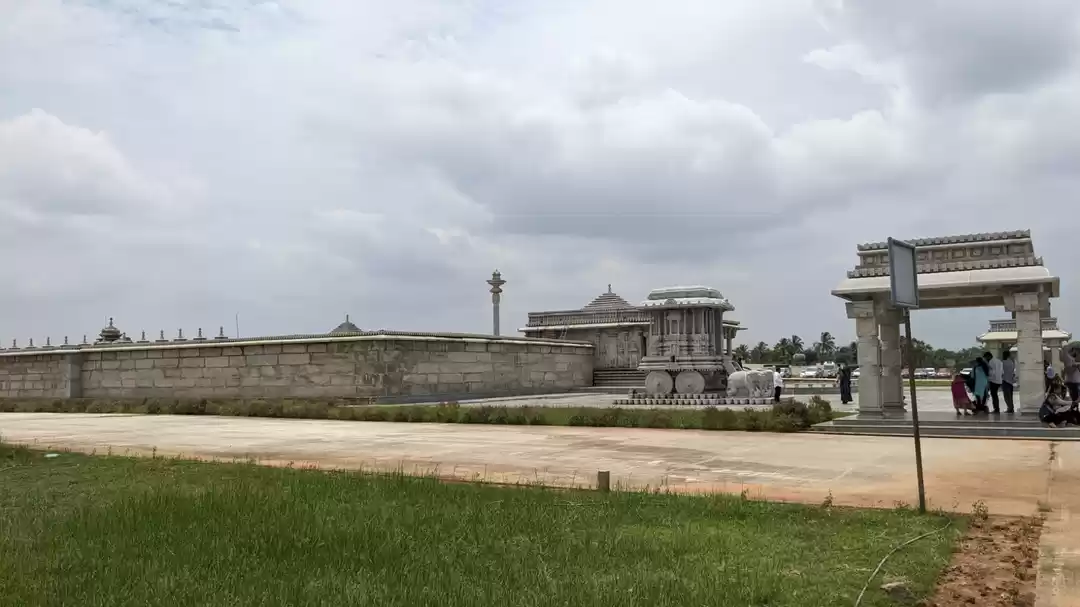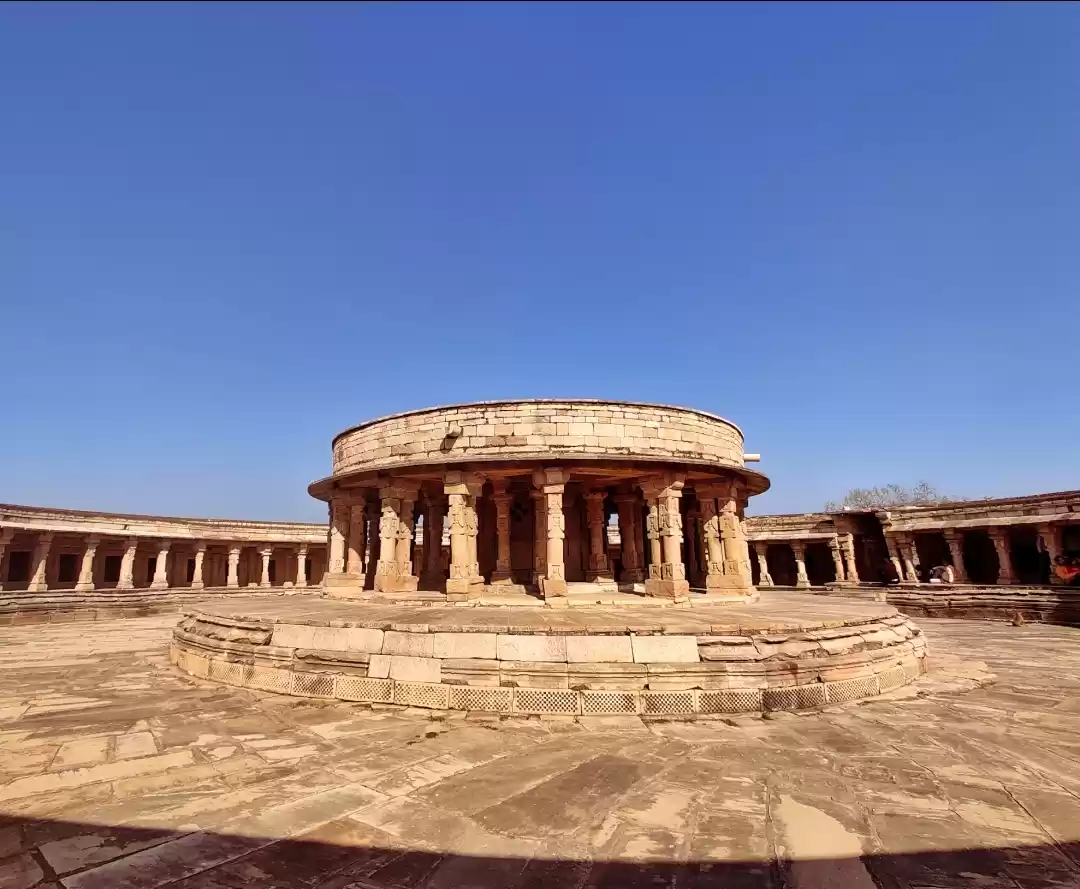Have you ever seen a bull that is bigger than a bus? If not, then you should visit the Bull Temple in Bangalore, the capital city of Karnataka, India. The Bull Temple, also known as the Nandi Temple, is one of the oldest and largest temples dedicated to Nandi, the sacred bull of Lord Shiva, the supreme god of Hinduism. The temple is located in the Basavanagudi area of Bangalore, which means “the place of the bull” in the local language.
The temple is famous for its massive idol of Nandi, which is carved from a single granite rock and is said to be growing in size. The temple is also known for its annual peanut festival, which attracts thousands of devotees and tourists every year. The temple is a must-see attraction for anyone who wants to experience the history, architecture, and culture of Bangalore.
In this article, we will help you plan your visit and learn more about the Bull Temple.
How to Reach the Bull Temple
The Bull Temple is easily accessible by various modes of transportation, such as metro, bus, taxi, or car. Here are some of the options you can choose from:
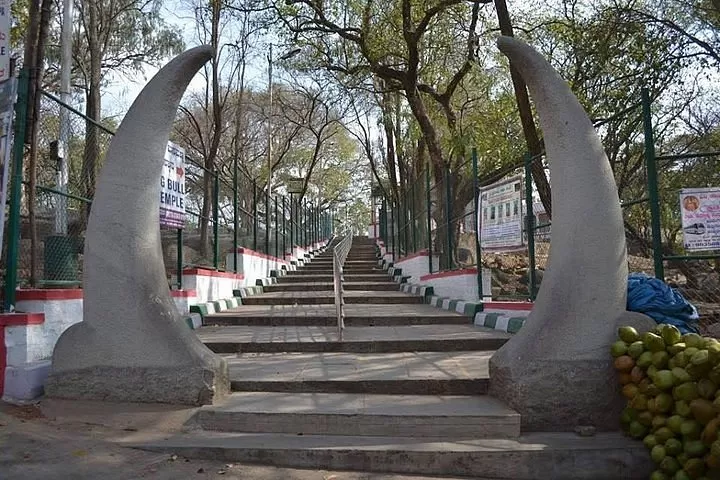
Metro:
The nearest metro station to the temple is South End Circle, which is about 2 km away. You can take the Green Line from any of the major metro stations in the city, such as Majestic, MG Road, or Indiranagar, and get down at South End Circle. From there, you can take an auto-rickshaw, a cab, or a walk to the temple.
Bus:
The nearest bus stop to the temple is Bull Temple Road, which is about 500 m away. You can take any of the buses that ply on the Route 210 from various parts of the city, such as Shivajinagar, KR Market, or Banashankari, and get down at Bull Temple Road. From there, you can walk to the temple.
Taxi:
You can also book a taxi from any of the online platforms, such as Ola, Uber, or Meru, and reach the temple directly. The fare will depend on the distance, time, and traffic conditions, but it will usually range from Rs. 200 to Rs. 500 for a one-way trip from the city center or the airport.
Car:
If you have your own car or a rented one, you can drive to the temple and park it at the designated parking space near the temple. The parking fee is Rs. 20 for four-wheelers and Rs. 10 for two-wheelers.
When to Visit the Bull Temple
The best time to visit the Bull Temple is during the months of November or December, when the peanut festival is held. The peanut festival, also known as Kadalekai Parishe, is a unique and colorful event that celebrates the first crop of peanuts in the region. According to the legend, the farmers of Basavanagudi used to face a problem of their peanut crops being eaten by a wild bull. They prayed to Nandi, the protector of the crops, and offered him a part of their harvest. The bull stopped troubling them and the farmers started a tradition of offering the first crop of peanuts to Nandi every year. The festival is a way of expressing gratitude and devotion to Nandi and Lord Shiva.

The festival lasts for two days and attracts lakhs of people from all over the state and the country. The temple and its surroundings are decorated with flowers, lights, and flags. The idol of Nandi is adorned with garlands, jewels, and sandalwood paste. The devotees offer heaps of peanuts to Nandi and seek his blessings. The peanuts are then distributed among the visitors as prasad, or holy food. The festival also features a fair, where you can buy and sell various kinds of peanuts, as well as other items, such as toys, clothes, handicrafts, and food. The festival is a great opportunity to witness the culture and spirit of Bangalore and to enjoy some delicious and crunchy peanuts.
The temple is open from 6 am to 8 pm every day, and the admission is free. However, you may have to pay a nominal fee of Rs. 2 to enter the inner sanctum of the temple, where the idol of Nandi is located. You may also have to pay a small amount of Rs. 10 to Rs. 20 to use the camera or the video recorder inside the temple.
What to See and Do at the Bull Temple
The main attraction of the Bull Temple is the idol of Nandi, the sacred bull of Lord Shiva. The idol is one of the largest and oldest of its kind in the world. It measures about 15 feet in height and 20 feet in length, and weighs about 150 tons. It is carved from a single granite rock and is polished with a mixture of charcoal and butter. The idol has a majestic and serene appearance, with a curved horn, a bell around its neck, and a garland around its body. The idol is said to be growing in size, and some cracks can be seen on its back and its sides. The idol is believed to have miraculous powers and can fulfill the wishes of the devotees who pray to it.

Another attraction of the temple is the idol of Ganesh, the elephant-headed god of wisdom and success, who is the son of Lord Shiva and his consort Parvati. The idol of Ganesh is made of butter and is renewed every four years. The butter is then distributed among the devotees as prasad. The idol of Ganesh is located in a small shrine next to the idol of Nandi, and is also worshipped by the visitors.
The temple also showcases the architecture and design of the Dravidian style, which is prevalent in the southern part of India. The temple has a simple and elegant structure, with a pyramidal tower or gopuram at the entrance, a pillared hall or mandapa in the middle, and a sanctum sanctorum or garbhagriha at the end. The temple is built with red bricks and plaster, and is painted with white and ochre colors. The temple has some intricate carvings and sculptures of various gods and goddesses, animals and birds, and floral and geometric patterns. The temple also has some inscriptions in Kannada and Tamil languages, which date back to the 16th century.
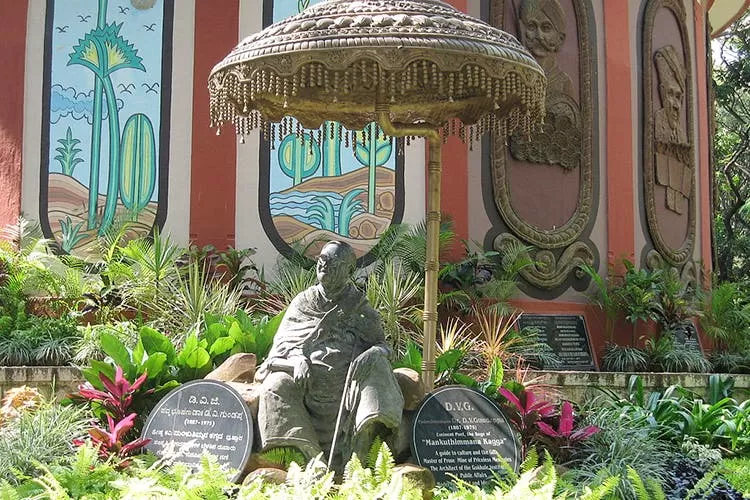
The temple is also surrounded by a beautiful and peaceful Bugle Rock Park, which is a popular spot for nature lovers and picnickers. The park is named after a bugle that was blown from the top of a rock to alert the citizens of any danger during the rule of the Wodeyar dynasty. The park has a variety of flora and fauna, such as bamboo, eucalyptus, neem, banyan, peacocks, monkeys, butterflies, and bees. The park also offers a panoramic view of the city and its landmarks, such as the Vidhana Soudha, the Lalbagh Botanical Garden, and the Tipu Sultan’s Palace.
You can spend a few hours at the temple and the park, admiring the beauty and the serenity of the place, and learning about the history and the culture of Bangalore. You can also take some photos or videos of the temple and the park, and share them with your friends and family.
What to Know Before You Go to the Bull Temple
Before you visit the Bull Temple, here are some things you should know and follow:
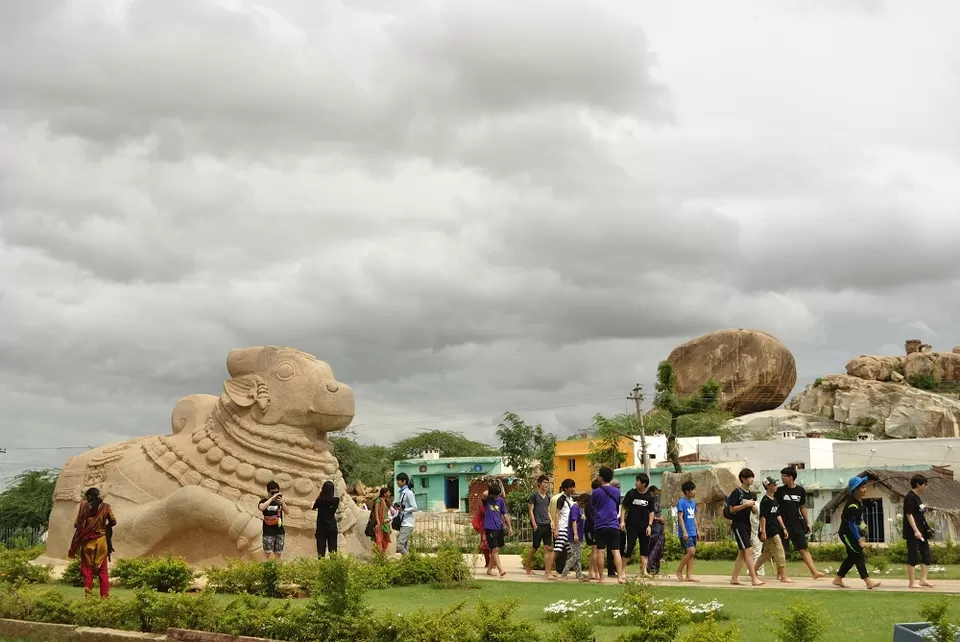
Dress code: You should dress modestly and respectfully, as the temple is a sacred and a religious place. You should avoid wearing shorts, skirts, sleeveless tops, or any other revealing clothes. You should also remove your shoes, socks, and any leather items before entering the temple premises.
Etiquette: You should behave politely and quietly, as the temple is a place of worship and meditation. You should not touch, climb, or sit on the idol of Nandi or any other statues or structures in the temple. You should not eat, drink, smoke, or chew gum inside the temple. You should also not litter or damage the temple or the park in any way.
Facilities: The temple has some basic facilities, such as drinking water, toilets, and lockers, for the convenience of the visitors. You can also find some shops and stalls near the temple, where you can buy some snacks, drinks, souvenirs, or religious items. You can also find some restaurants and hotels in the vicinity of the temple, where you can enjoy some local cuisine and hospitality.
Contact number: The temple has a contact number, which is +91-80-2667-3524, where you can call and inquire about the temple timings, events, or any other queries. You can also visit the official website of the temple, which is www.bulltemple.org, for more information and updates.
The Bull Temple is a remarkable and fascinating attraction in Bangalore, that showcases the history, architecture, and culture of the city and its people. The temple is a tribute to Nandi, the sacred bull of Lord Shiva, who is revered and worshipped by the devotees and the farmers. The temple is also a venue for the peanut festival, which is a unique and colorful event that celebrates the first crop of peanuts in the region. The temple is also surrounded by a beautiful and peaceful Bugle Rock Park, which is a popular spot for nature lovers and picnickers. The temple is a must-see attraction for anyone who wants to experience the history, architecture, and culture of Bangalore.
We hope you enjoyed reading this article and learned something new and interesting about the Bull Temple. If you have any feedback, questions, or experiences to share, please feel free to leave a comment below or on our social media platforms.
We would love to hear from you and help you plan your next trip. You can also check out our other articles and guides on various destinations, attractions, and travel tips on our website, www.tripoto.com. Thank you for reading and happy travels!

